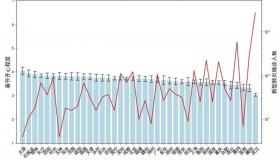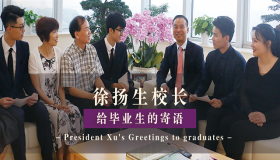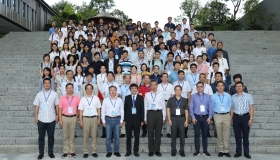The First Annual Hong Kong-Shenzhen Summer Finance Conference
The First Annual Hong Kong-Shenzhen Summer Finance Conference was held in Hilton Shenzhen Shekou Nanhai Hotel on 22nd and 23rd of August, 2017, and was organized by School of Management and Economics, and Shenzhen Finance Institute, the Chinese University of Hong Kong, Shenzhen. This annual conference is aimed at accelerating the collaboration on financial research among universities in Hong Kong and Shenzhen, providing a platform for scholars, especially young ones in Hong Kong and Shenzhen, to communicate and study mutually, and encouraging the frontier research of all areas of finance. This conference is jointly launched by five universities from Hong Kong and two universities from Shenzhen, including the Chinese University of Hong Kong, CUHK Shenzhen, City University of Hong Kong, the Hong Kong Polytechnic University, the Hong Kong University of Science and Technology, Peking University HSBC Business School, and the University of Hong Kong.
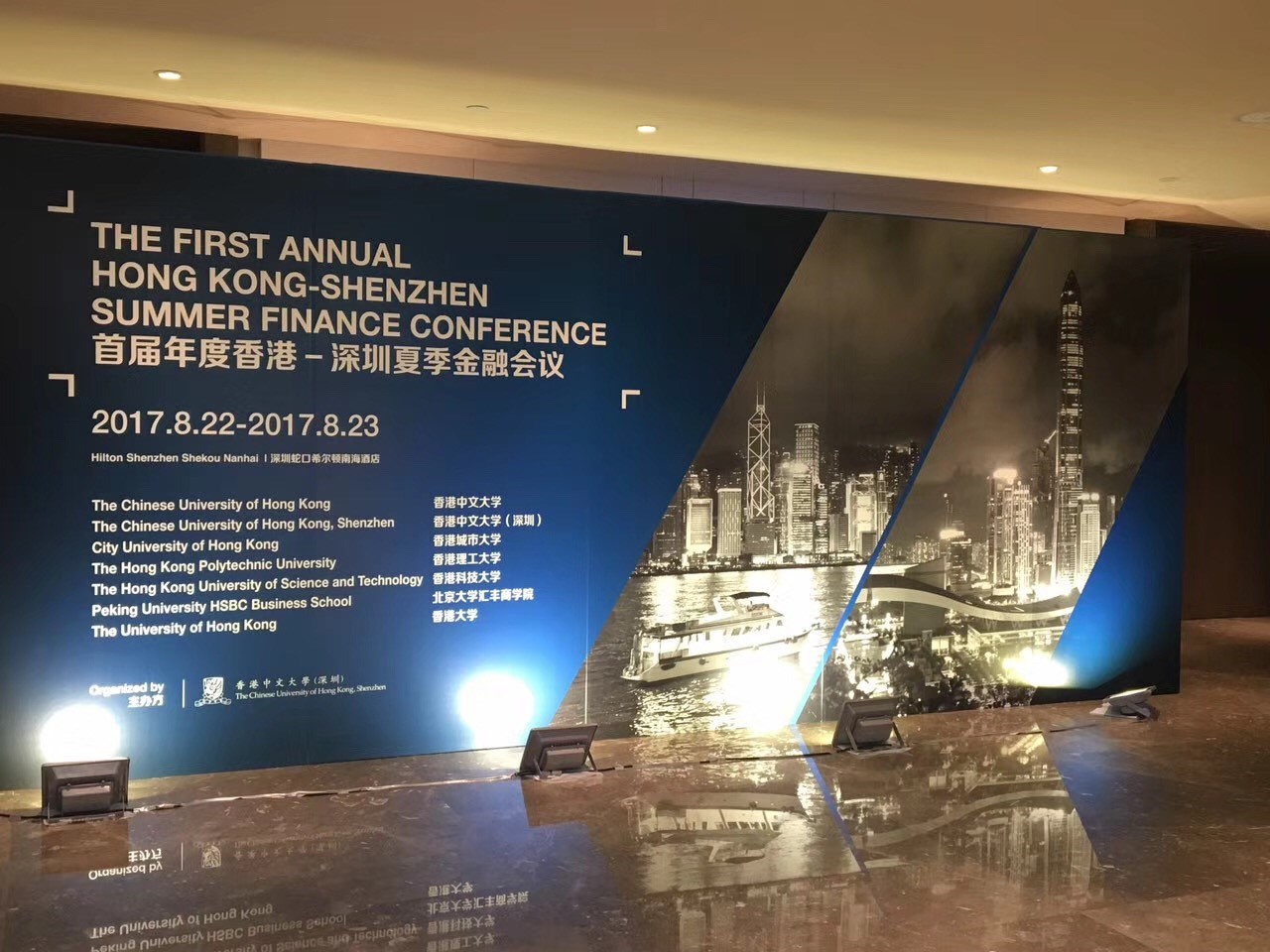
The venue where the First Annual Hong Kong-Shenzhen Summer Finance Conference was held- Hilton Shenzhen Shekou Nanhai Hotel
Seven papers were selected from all the participating universities. Each paper was discussed by two discussants: an internal discussant from one of the seven participating universities and one external discussant from other domestic or overseas universities in this field. Each presenter has 20 minutes to introduce the paper, and each discussant has 15 minutes to discuss, after that is Q&A session.
Conference summary:
At the beginning of the conference, Professor Wei Xiong, the Academic Dean of the School of Management and Economics in CUHK Shenzhen, and Professor in Princeton University, delivered a welcome speech to extend his sincere gratitude to all the professors attending this meeting, and he hoped that the Annual Hong Kong-Shenzhen Summer Finance Conference would continuously provide a high-quality platform of academic communication for all experts in Finance in the coming years.
Session 1: Corporate Finance
Paper 1:How production Risk and Flexibility Affect Liquidity Management: Evidence from Electricity Generating Firms.
Professor Chu Zhang from the Hong Kong University of Science and Technology was the chair for the first session of the conference – Corporate Finance. He introduced the first presenter, Professor Chen Lin, from the University of Hong Kong to share the paper of his team – How production Risk and Flexibility Affect Liquidity Management: Evidence from Electricity Generating Firms. The paper collects sample data from 481 global electricity firms and over 60,000 power plants, examining how volatility risk of product price influences a company’s liquidity management strategy. Data indicates that cash stock held by electricity firms vary with the change of electricity price. For companies with low production flexibility (like thermal and nuclear power station), the correlation between cash stock and electricity price is even stronger. The paper finally draws a conclusion that the majority of electricity firms choose “Cash Holding” method to manage price risk.
After Professor Chen Lin’s speech, Professor Seungjoon Oh from HSBC Business School and Professor Ling Chen from University of Toronto discussed this paper respectively, as well as sharing their opinions regarding some data analysis problem on the paper.

Professor Chen Lin from Hong Kong University was answering question in Q&A session.
Paper 2: The Value of Financial Advisors in Private Acquisitions: New Evidence from Chinese M&As
The second paper was presented by Professor John Wei from the Hong Kong Polytechnic University. Due to the increasing number of M&A cases in China and the popular belief that financial advisors such as investment banks play a crucial role in M&As, Professor John Wei and his team has done the research about the value creation function of financial advisors in private acquisitions.
According to related theories and papers, M&A will create value for shareholders if the acquiring side is a non-listed company. However, do financial advisors make positive impact in the M&A process? Professor John Wei and his team found that the Capital Adequacy Ratio is 4.5% higher for deals with financial advisors involved, proving a positive impact that financial advisors bring about in private acquisitions.
After Professor John Wei’s presentation, Professor Yi Ding from CUHK Shenzhen and Professor Nan Xiong from Shanghai Advanced Institute of Finance made comments and brought up suggestions on this paper.
Session 2: Financial Intermediaries
Paper 3: Managing Bank Run Risk: The Perils of Discretion
Professor Ji-Chai Lin from the Hong Kong Polytechnic University was the chair for the second session of the conference. Professor Zongbo Huang from CUHK Shenzhen presented the paper of his team – Managing Bank Run Risk: The Perils of Discretion. This paper analyzed the impact of banks ailing with bad advances on the economy and the benefits of borrowers, and borrowers’ reaction to ailing banks. In addition, Professor Zongbo Huang provided constructive suggestions on the improvements of related policies and regulations – unsounded supervision mechanism provides conditions in which bank run risks are more likely to happen, while well-designed tax policy will limit such crisis and negative impacts in a controllable range.
After that, Professor Chong Wang from the Hong Kong Polytechnic University and Professor Hui Chen from MIT discussed this paper and shared their opinions about the title of the paper and the quantitative exercise in data processing.
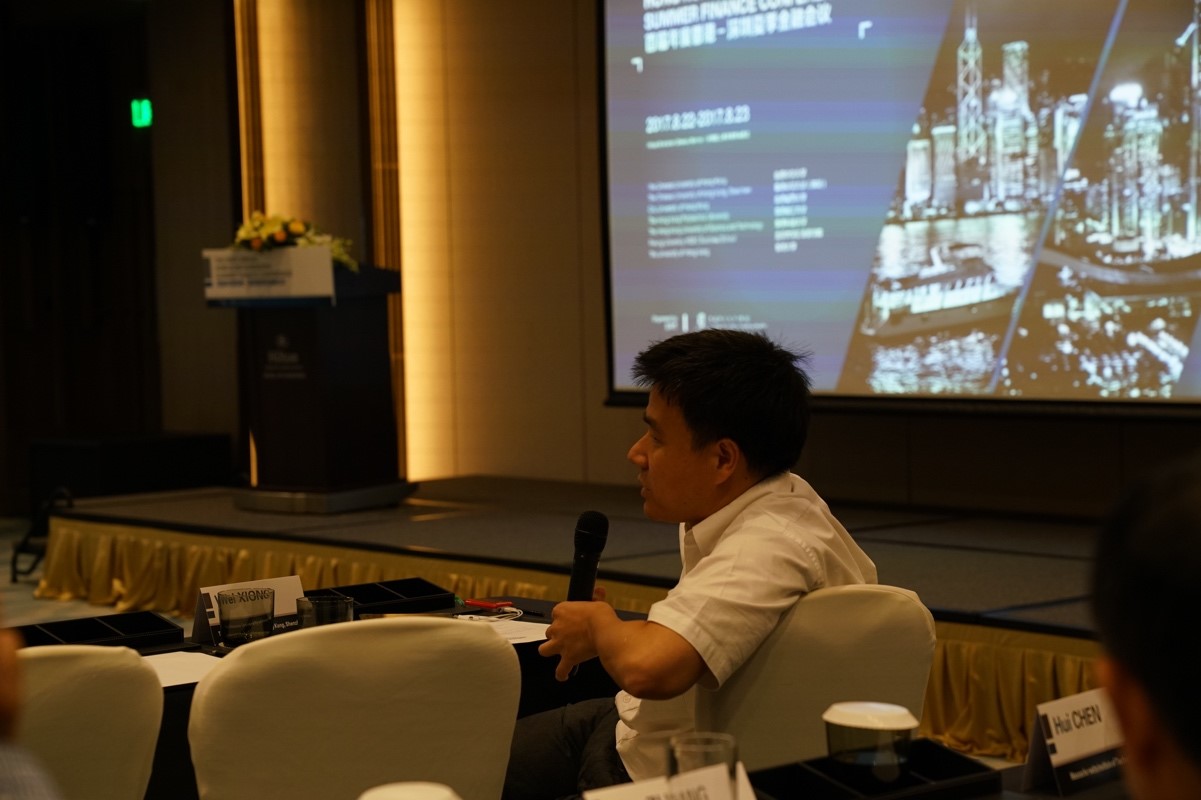
Professor Wei Xiong, the Academic Dean of the School of Management and Economics in CUHK Shenzhen, and Professor in Princeton University, was asking questions.
Paper 4: Growing Beyond Performance
The last paper of that day – Growing Beyond Performance was delivered by Professor Wenxi Jiang from the Chinese University of Hong Kong. Mutual fund is a human capital intensive enterprise, and it usually maximizes its revenue or size. It is found that the ratio of salesman over total employees (MKT_Ratio) in a mutual fund company is larger than 20%. Then, how does salesman help a mutual fund grow?
Regarding this question, Professor Wenxi Jiang and his team did regression analysis on the MKT_Ratio of different mutual funds. They found out that funds with higher MKT_Ratio grow faster in size. However, it does not necessarily mean these funds have better performance in earning return at the market.
After Professor Wenxi Jiang’s speech, Professor Andrew Sinclair from the University of Hong Kong and Professor Jiang Luo from Nanyang Technology University discussed the paper, as well as sharing their own reflections on relevant problems about data source and outcome correlation.
Session 3: Discount Rates
Paper 5: A Theory of Dissimilarity Between Stochastic Discount Factors
The first half of the conference on 23rd August was hosted by Profossor Qianqian Huang from City University of Hong Kong. Professor George Panayotov from HKUST presented the research result of dissimilarity between stochastic discount factors analyzed by himself and his team. They believe that the measurement of dissimilarity is increasingly important due to market integration, globalization, and contagion. However, there is no consensus on the exact meaning of these concepts. Based on his research interest in stochastic discount factors, Professor Panayotov and his team proposed a probability distance metric to measure dissimilarity between SDFs. This model is linked to the risk-neutral distribution of currency returns, brings currency option information into the evaluation of international asset pricing models, and can provide a useful diagnostic tool for asset pricing in the future.

Professor George Panayotov from HKUST was doing his presentation
After Professor George Panayotov’s presentation, Professor Yizhou Xiao from the Chinese University of Hong Kong, and Professor Jun Tu from Singapore Management University made comments on this paper. They provided their suggestions about the criteria rationality and boundaries of the evaluation of this paper respectively.
Paper 6: Does Corporate Investment Respond to Time-Varying Risk?
The sixth paper – Does Corporate Investment Respond to Time-Varying Risk? was delivered by Professor Yongjin Kim from City University of Hong Kong. Professor Yongjin Kim and his team noticed that there is an inconsistency in characterizing the risk-adjusted discount rate in corporate finance and in macro-asset pricing. Thus, they wanted to investigate whether firms take the impacts of time-varying risk into consideration when making decisions. After modelling and analysis, they found out that estimated firm-level equity premiums are time-varying and counter-cyclical, and corporations adjust their cost of capital correctly to time-varying risk.

Professor Yongjin Kim from City University of Hong Kong was presenting
After Professor Yongjin Kim’s sharing, Professor Kai Li from HKUST and Professor Jianfeng Yu from Tsinghua University commented on this paper. They discussed mainly about the theoretical framework in modelling and controlling variables which the authors can further improve.
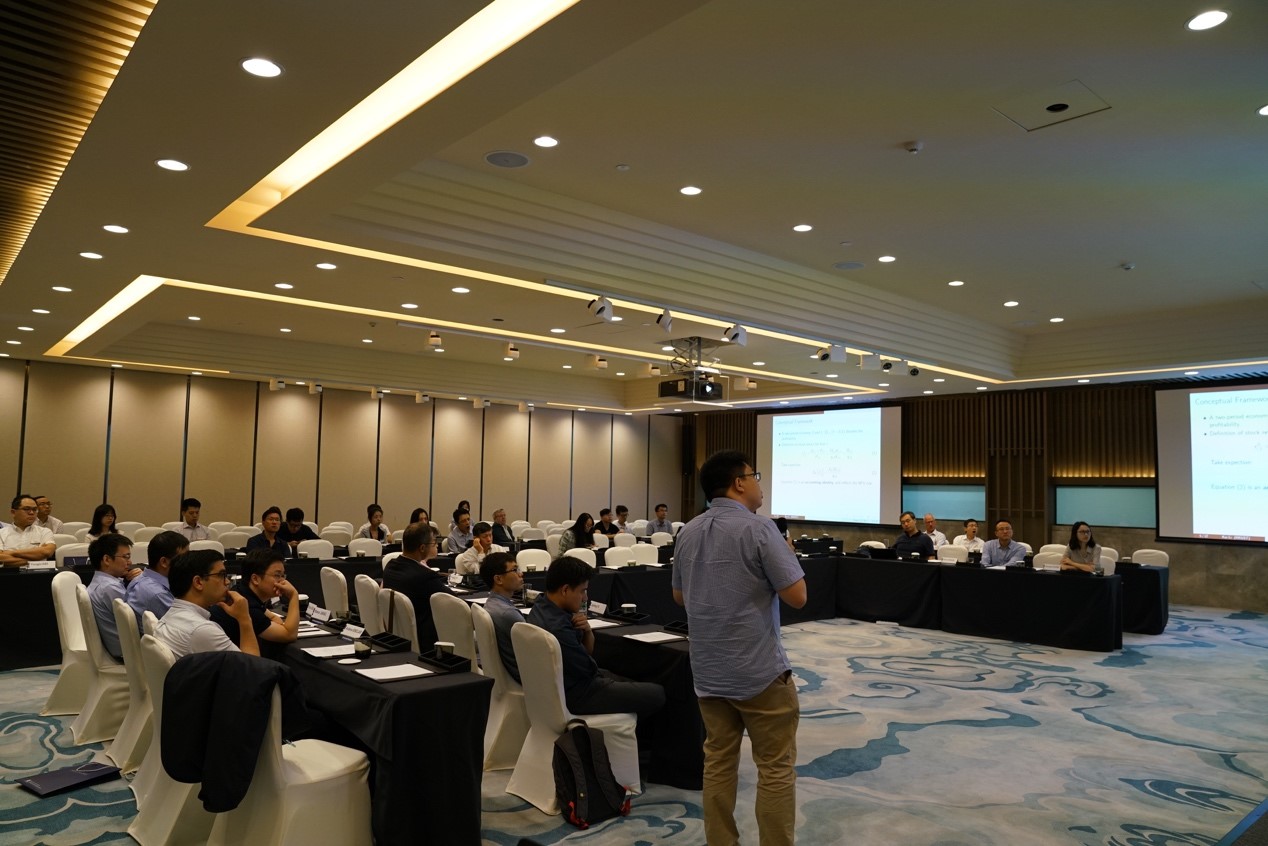
Professor Kai Li from HKUST was presenting

Professor Jianfeng Yu from Tsinghua University was sharing
Part 4: Dividend Policy
Paper 7: Firm’s Capital Structure Choices and Endogenous Dividend Policies
Professor Joseph Cheng from the Chinese University of Hong Kong was the chair for the last session of this conference – Dividend Policy. Professor Hursit Selcuk Celil from HSBC Business School introduced his team’s paper: Firm’s Capital Structure Choices and Endogenous Dividend Policies. This paper examined the capital structure dynamics within the framework of endogenously determined dividend policy. Understanding the dynamics of firm’s capital structure decision is crucial because firm’s financing choices are typically associated with benefits and costs which determine the firm value.
The research team finally came to the conclusion that incorporating the endogenously determined dividend policy into capital structure dynamics helps explain more than 50% of the cross-sectional variation in capital structure decision.
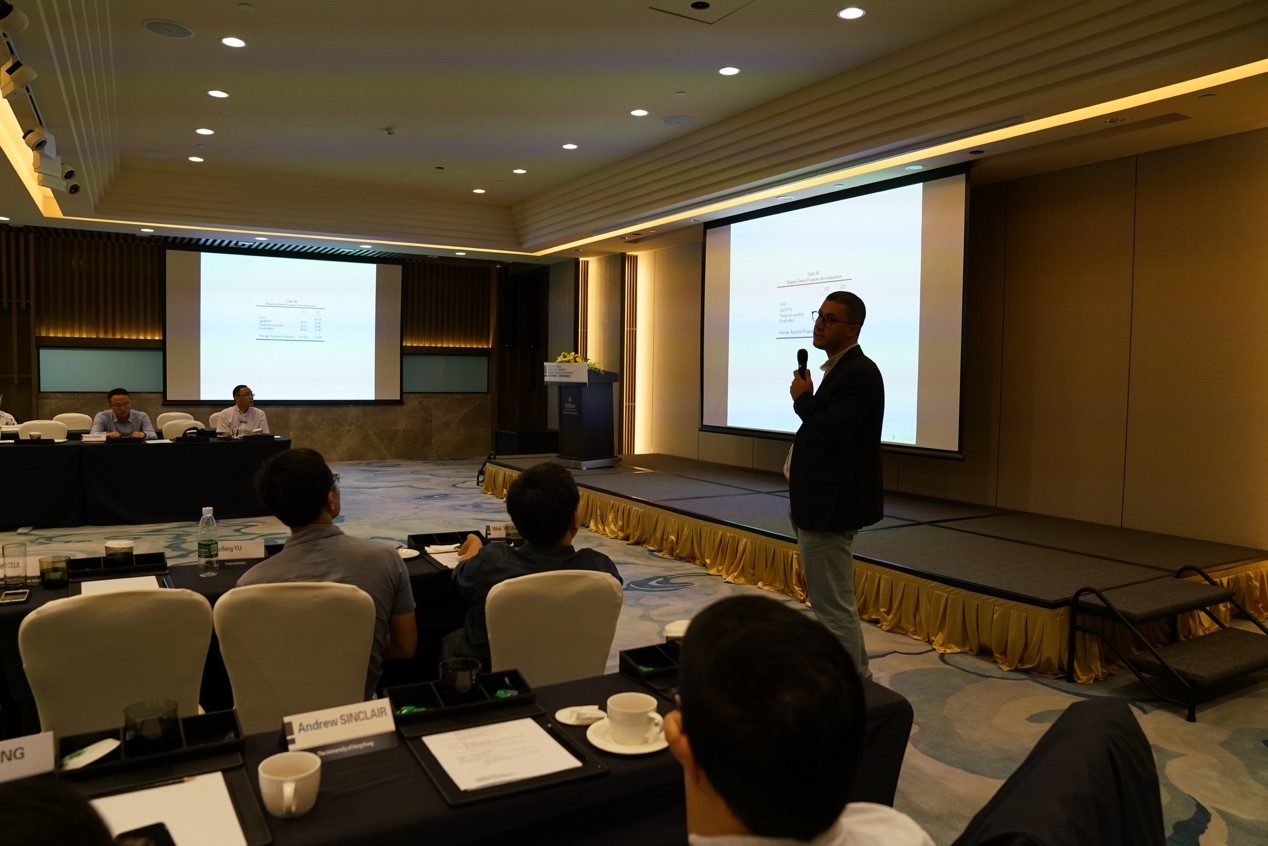
Professor Hursit Selcuk Celil from Peking HSBC Business School is presenting
After Professor Hursit Selcuk Celil’s sharing, Professor Jay Li from City University of Hong Kong and Professor Zhen Li from National University of Singapore discussed this paper. During their discussion, they gave their suggestions on the sample selection and econometrical methods.
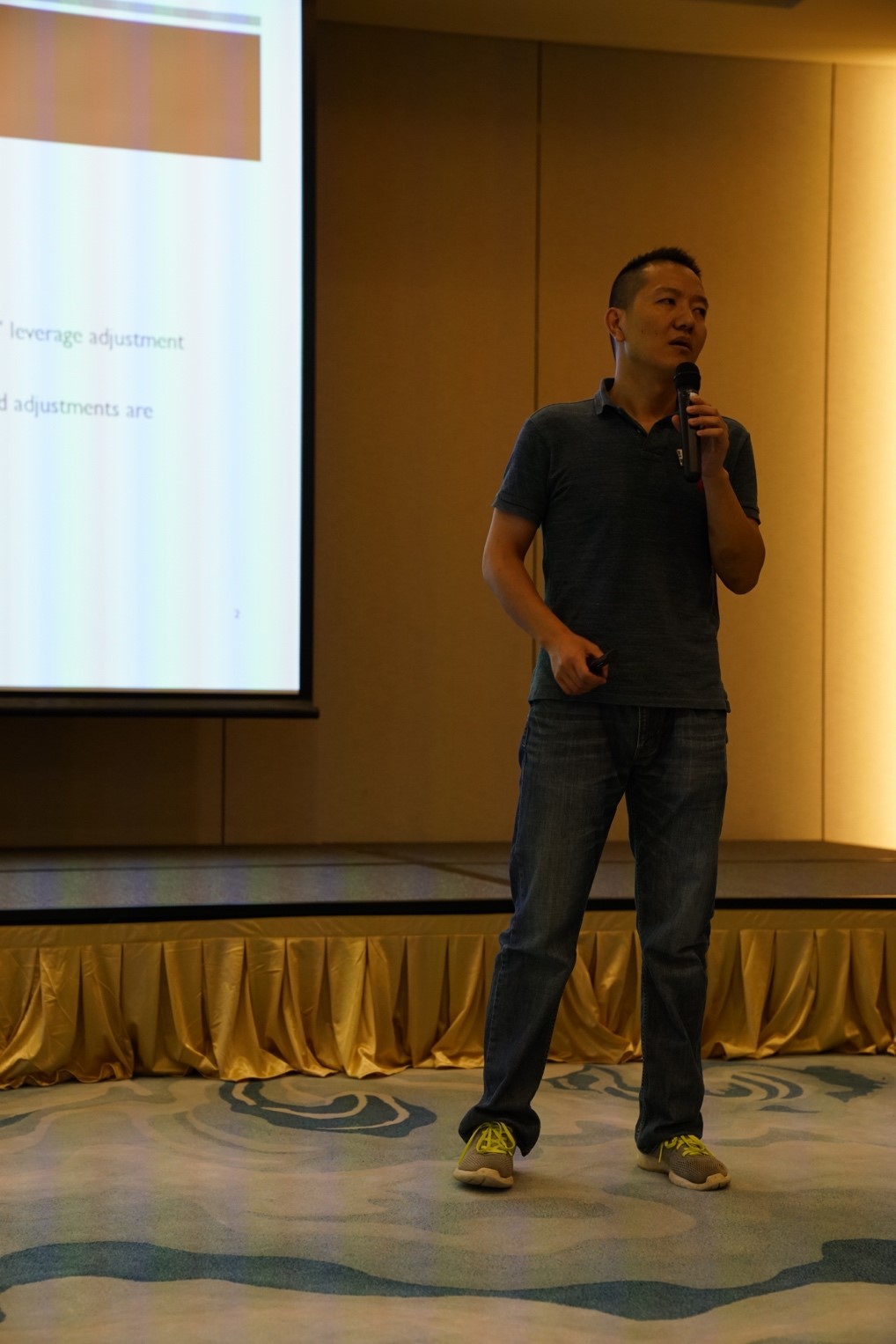
Professor Jay Li from City University of Hong Kong was presenting
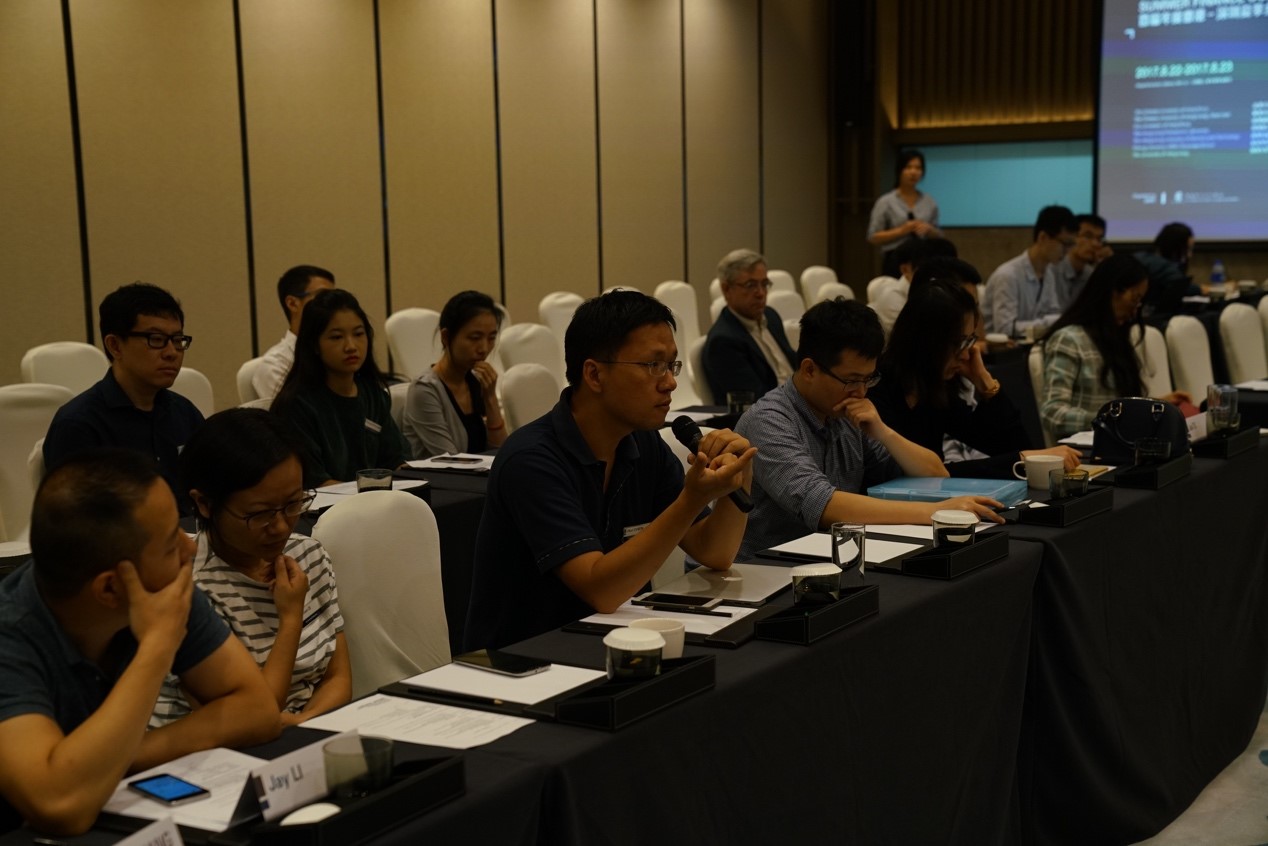
Q&A Session
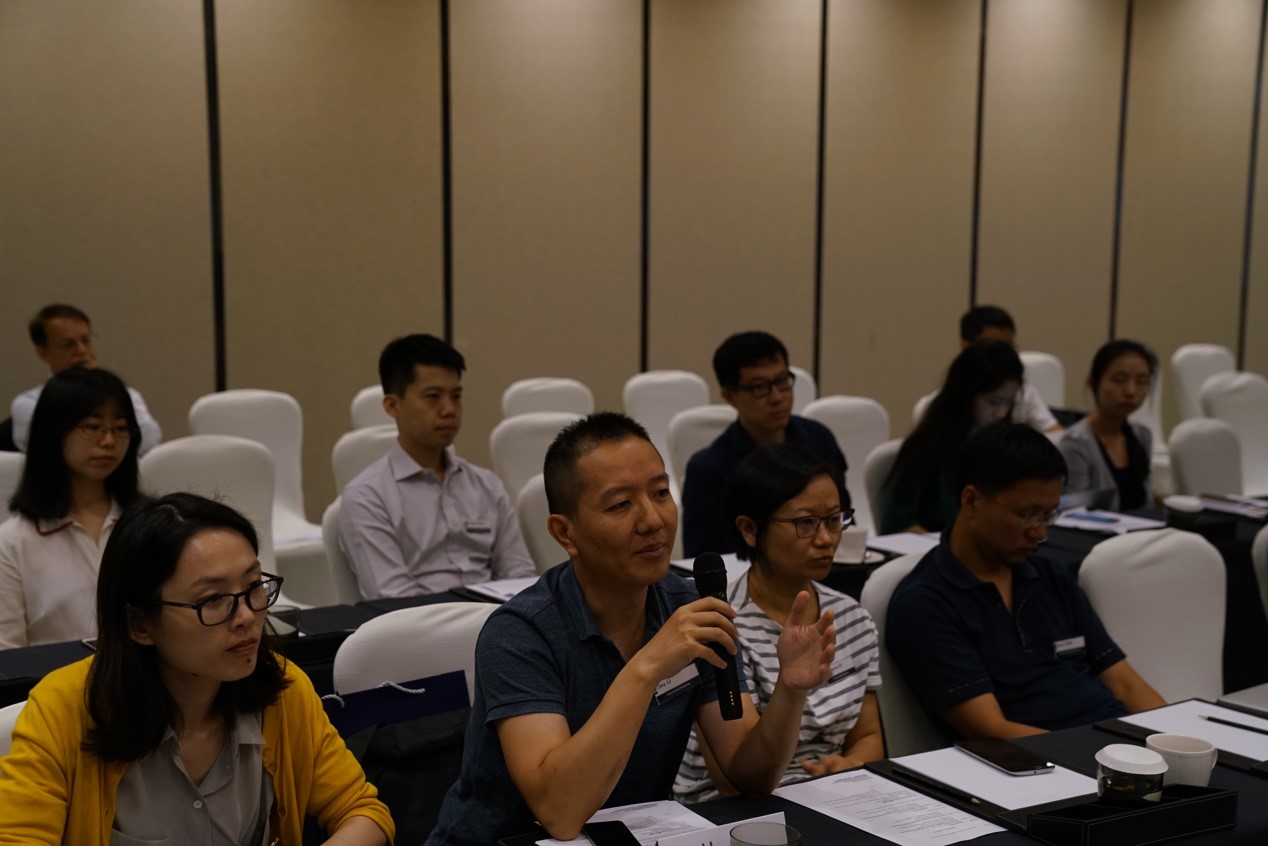
Q&A Session
As the conference ended, professors visited Tencent building to see how great the combination of the Internet and financial industry will impact on traditional financial industry in China. The representative of Tencent Finance introduced that: “Based on WeBank (the first internet bank in China), Tencent Finance now has over 100 million clients. The clients are mostly from WeChat and QQ these two social platforms, and existing clients attract new clients by sending out WeChat red packet. What interests the Professors most is fintech and innovation in finance in the operation of WeBank. The CTO of WeBank stated that:” WeBank is the first internet bank in China, whose foundations are facial recognition technology (which could be used to open bank account and assure the safety of clients’ accounts) and Inclusive Finance. Besides, the application of big data and block chain has greatly reduced the operation cost of WeBank. For example, traditional commercial banks could hire over thousands of employer to issue and manage credit cards. However, with the help of big data, Webank only needs two technicians to manage the credit limits of nearly 100 billion users.” Professors were amazed by these facts, and had heated discussion about credit and risk management with the CTO. After seeing the condition of WeBank and its more stable performance over traditional banks, many professors hope to ask for the data of WeBank for further research. Through these facts, it is hard to deny the development of fintech is far from epoch-making in changing finance industry.
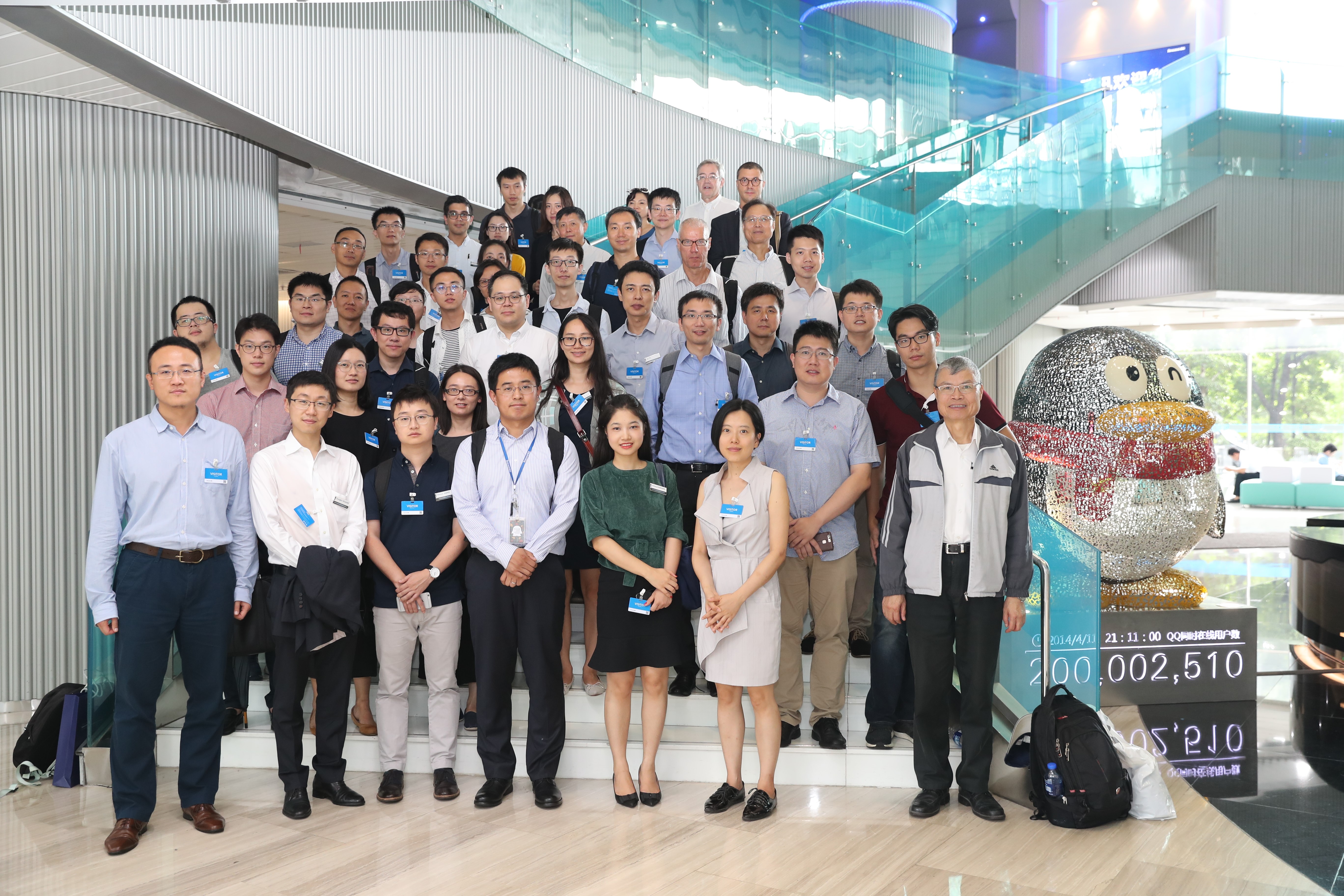

Journalist | Arthur Gump, Vanessa Wan, Yifan Zhang
Art Editor | Mercy Ma
Proof Reading | Anne Huang
SME News Service

